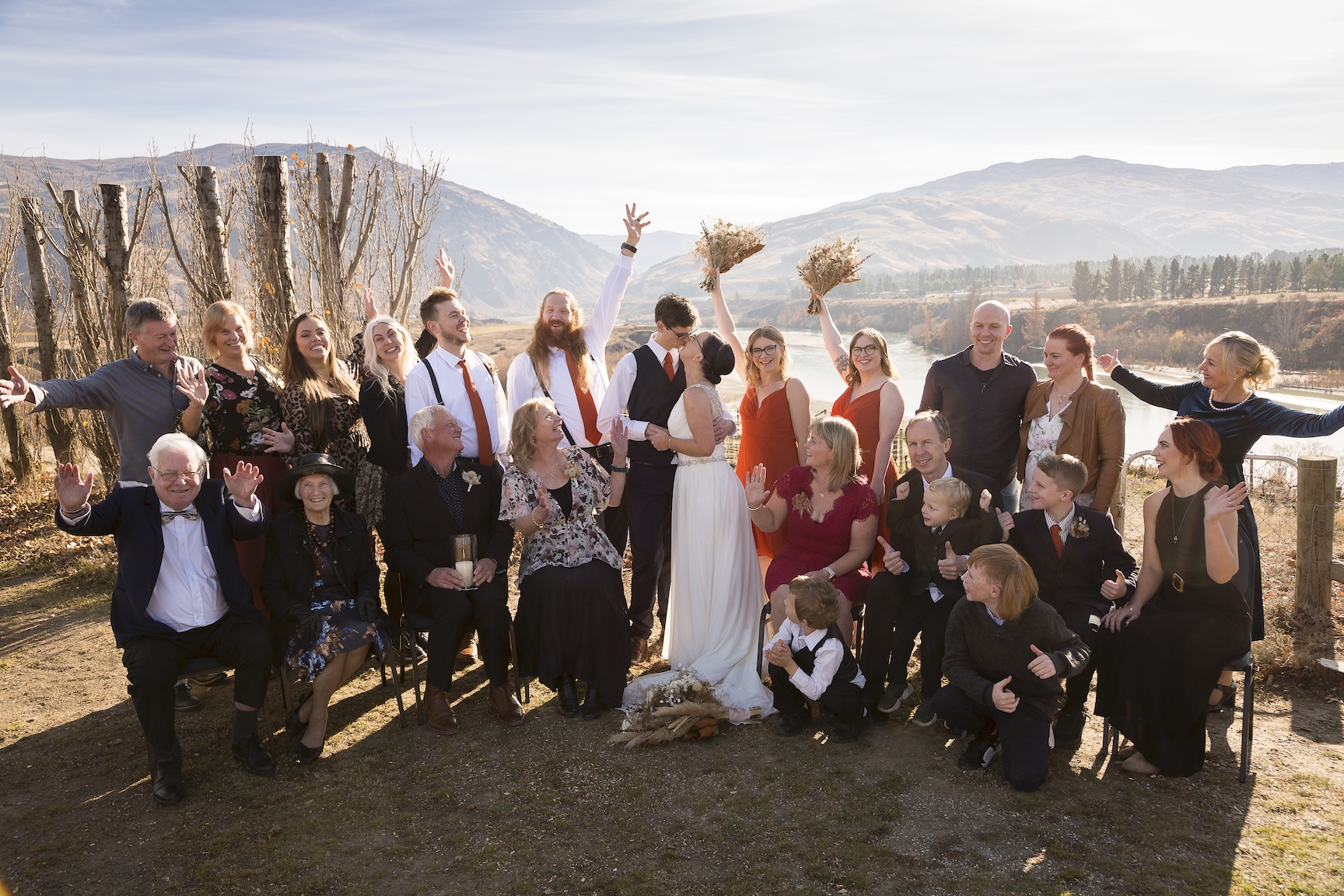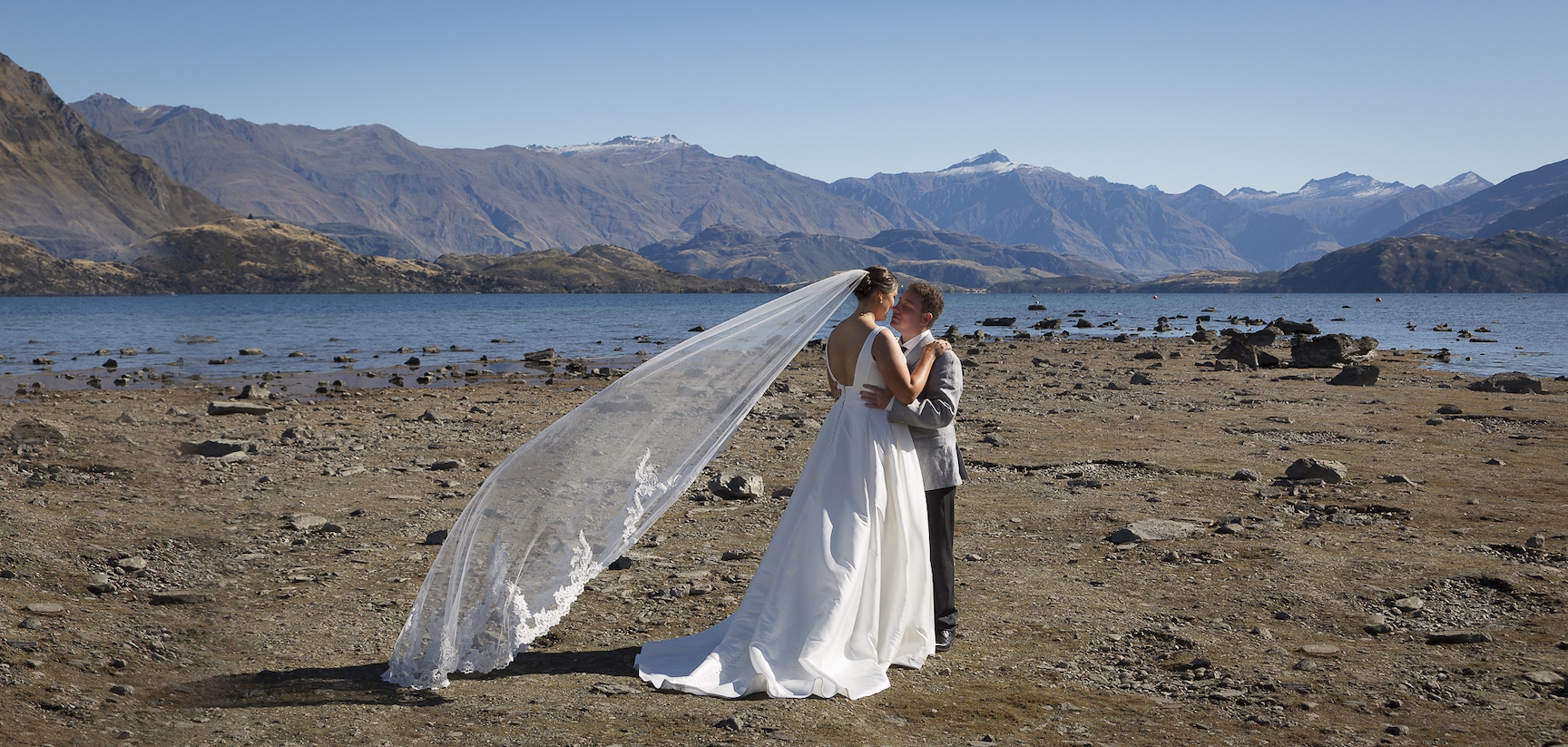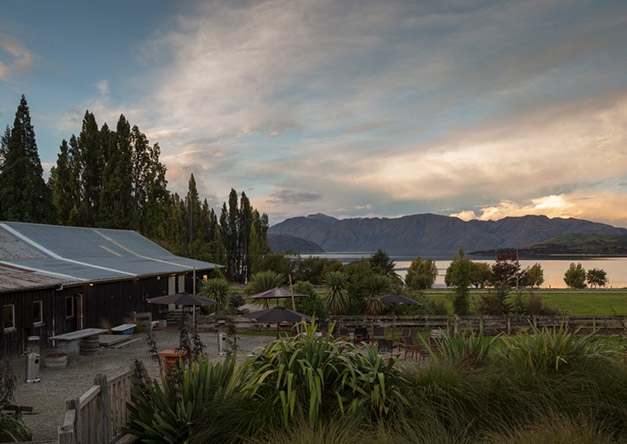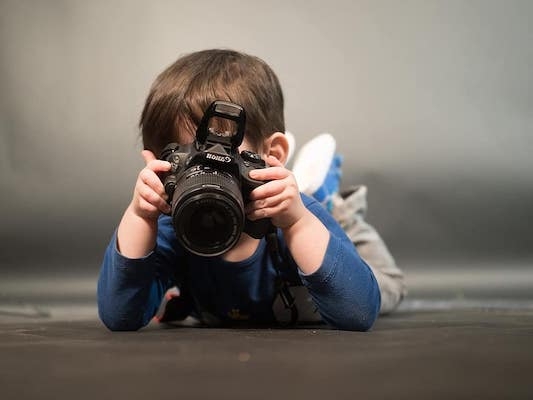by Michelle Potter on dancing....
https://michellepotter.org/articles/rotunda-the-new-zealand-dance-theatre-and-new-zealand-army-band
In many a park in New Zealand … the same in Australia I’m sure … sits an octagonal band rotunda … shades of Vauxhall Gardens and the public pleasures of outdoor music played by local brass bands or other ensembles. These days children play in a rotunda, not much good for hide’n’seek since the sides are open, but its roof will shelter you if there’s a sudden downpour on your picnic.
Mostly rotundas are quiet sentinels to an earlier era of music-making. In peacetime, well and good, but, in wartime, brass bands are readily associated with the many concerts and farewells involved when the armed forces are on the move. Drum roll. Slow March. The Last Post. You know it well.
2015 is the year commemorating Word War I and the scar on the Anzac nation that the Gallipoli landing represents, 25 April 1915. It’s also 70 years since the end of World War II, 40 years since the end of the Vietnam War, one minute since the latest slaughter somewhere in the name of power, wealth or religion … and so it goes … every year marking some anniversary of the human propensity to conflict, to fight, rather than, as Shakespeare pithily put it … ‘to dance out the answer’.
Thoinot Arbeau’s dance manual, Orchesographie from France, 1589, offers a fascinating glimpse of martial arts overlapping with dance practices of the time, and remains accessible today in a Dover edition, with an appendix of Laban notation. Another important book on the topic, Keeping Together in Time, by William H. McNeill has rightly been described as a tour de force of imagination and scholarship.
There are several classics of what one might call ‘war dances’ choreographed in the 20th century—the indelible masterpiece by Kurt Jooss, The Green Table, Jiri Kylian’s extraordinary Soldiers’ Mass (which will be restaged by the Royal New Zealand Ballet mid-2015), and Jose Limon’s heartfelt Missa Brevis to Kodaly’s mass. Each of them contains witness to war that translates into a prayer for peace. Nijinsky, in his last performance, ‘danced the war’ and we all know what happened to him after that.
The New Zealand Dance Company has joined forces with the New Zealand Army Band, in the production of Rotunda, a full-length work which has recently toured New Zealand, had earlier been performed in Europe, and will shortly tour to Australia. The Army Band plays a range of New Zealand compositions and the incorporation of its players into the heart of the staged work is memorable. The result is impressive, highly unusual, spectacular, powerful and poignant by turns.
For the cast of four male and four female dancers, the choreographic focus is on the young … boys playing shoot-outs with twigs from the apple tree, bang bang you’re dead, but not too much later they are on a battlefield, shooting and being shot with real guns now. One of them stays down, bang bang you’re dead alright. But your mate can’t believe that, so lifts you and carries you to dance. It is a painfully exquisite duo that would bring you back to life, but if course, it can’t.
Another duo between a young woman in a poppy-red dress, full of all the reasons youth have to live, dances with her dazed, glazed shell-shocked young man but he cannot be persuaded to thaw from the horrors of what he has seen. ‘Incurably insane’ is what the medical records called them. [Trudi Schoop, dancer and cabaret artist in Switzerland during World War II, turned after the war to a career in dance therapy, stating that she would thereafter work with catatonic schizophrenics, who were just that, whereas the men who had manufactured the war were the criminally insane].
In choreographing a commemoration of ‘the’ war (as in ‘The War to End All Wars’), one wishes neither to celebrate triumphs (they are few) nor record casualties (they are many), but rather to remember, lest we forget.
The stage set and lighting of the performance are inspired. A white silk banner flies high and swoops low, caught and tossed in the updraught of a circle of fans placed on the stage. A dancer engages with it before it is swept away and up. Image of a soul, a spirit, a person, gone. But not forgotten.




